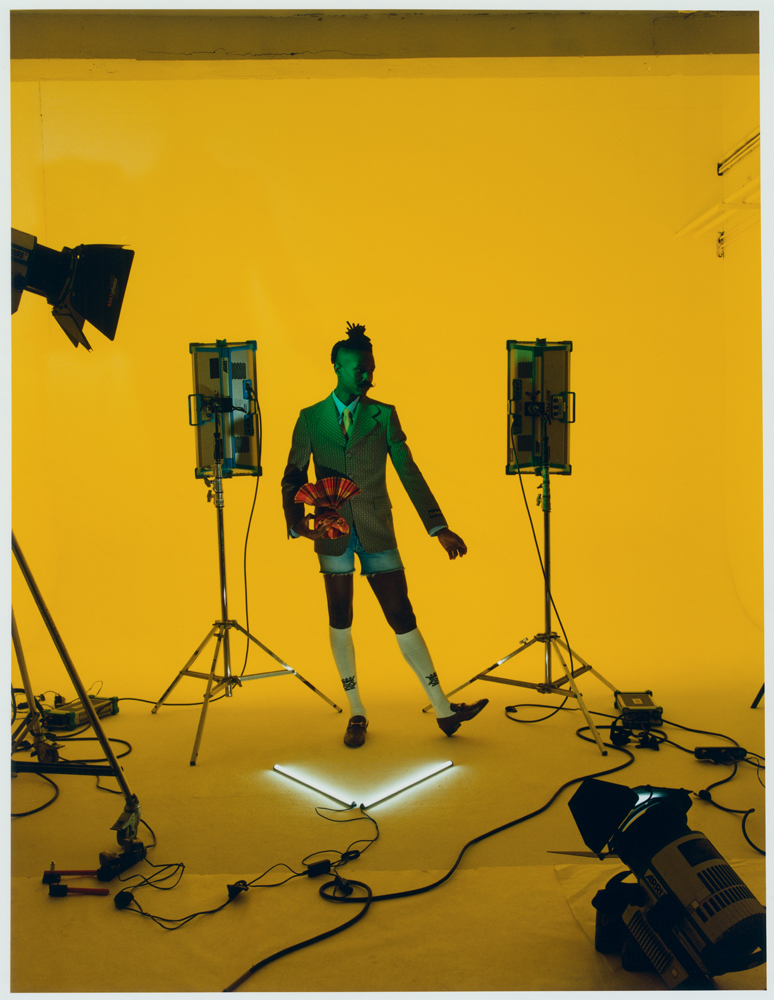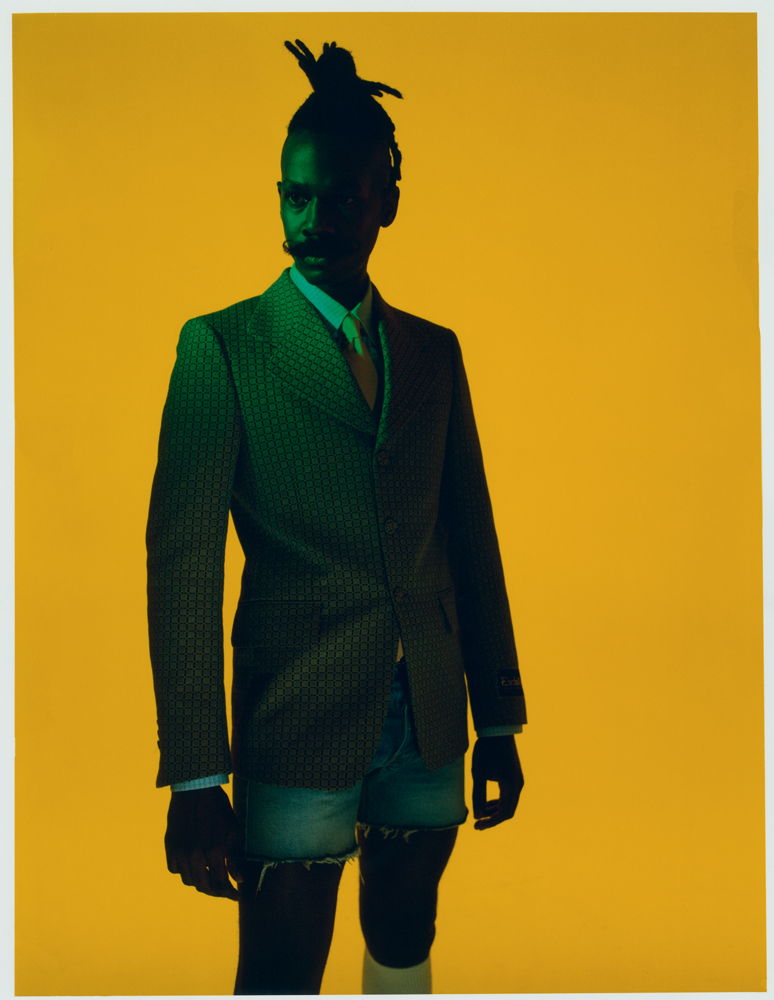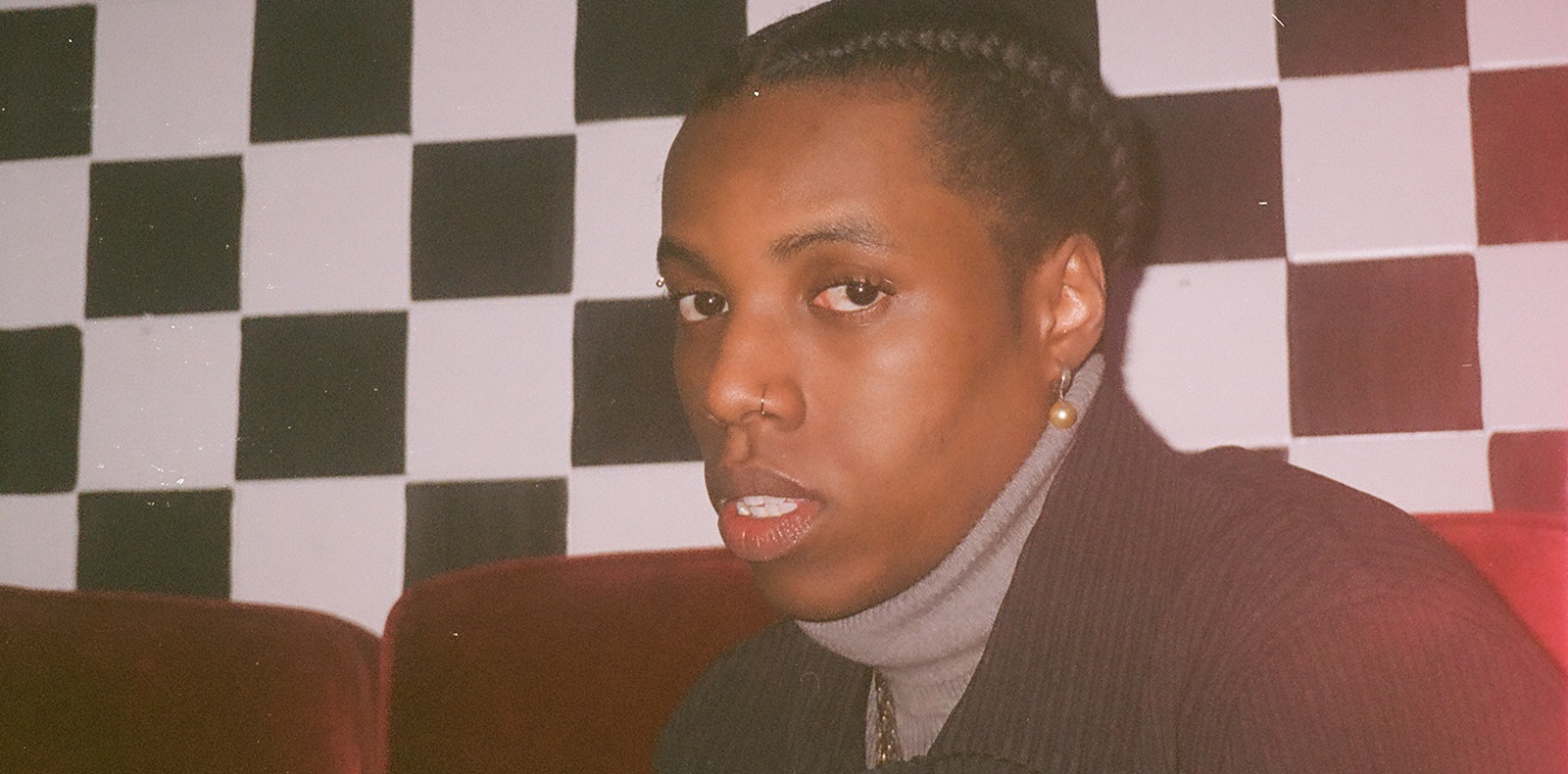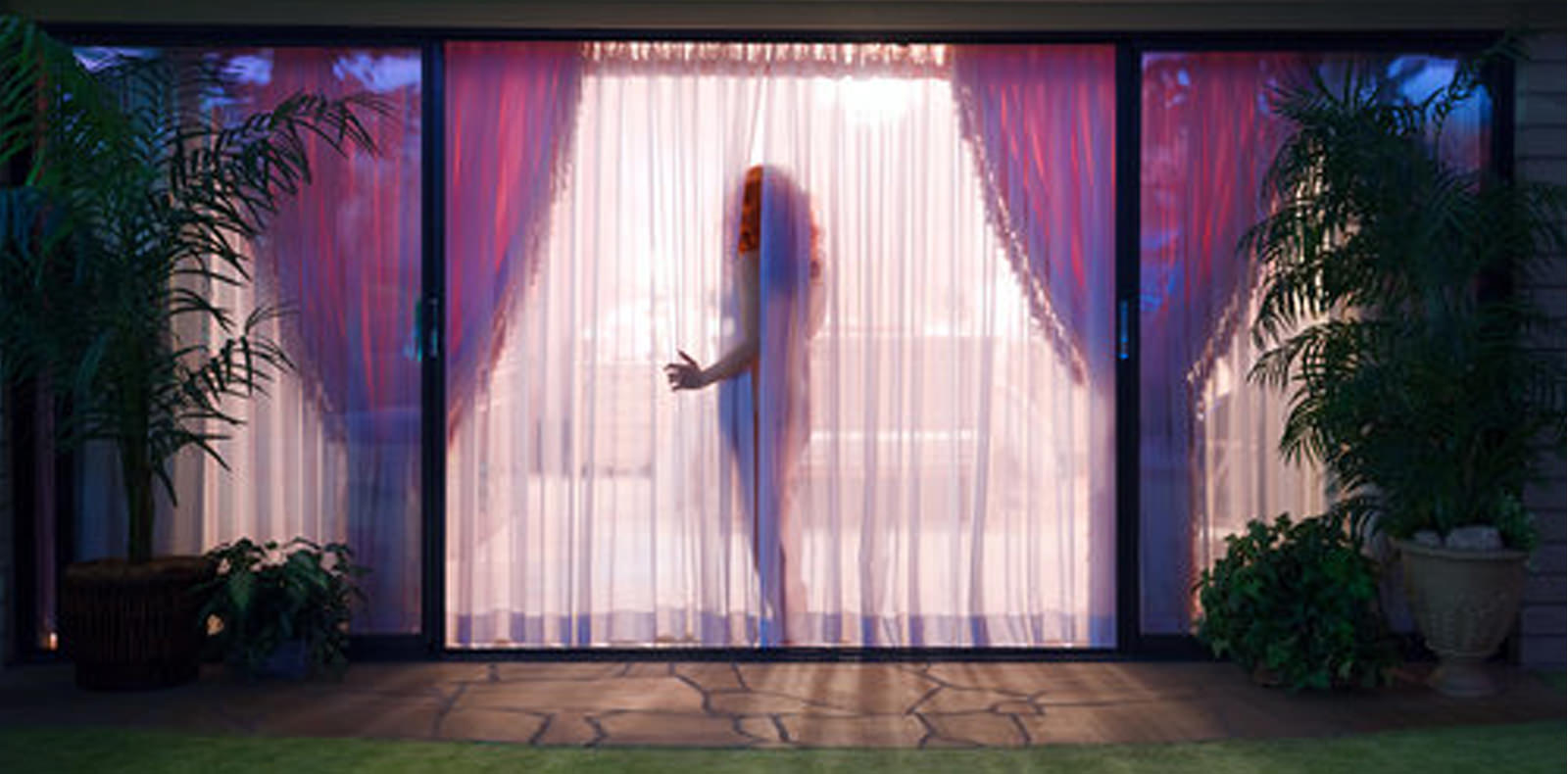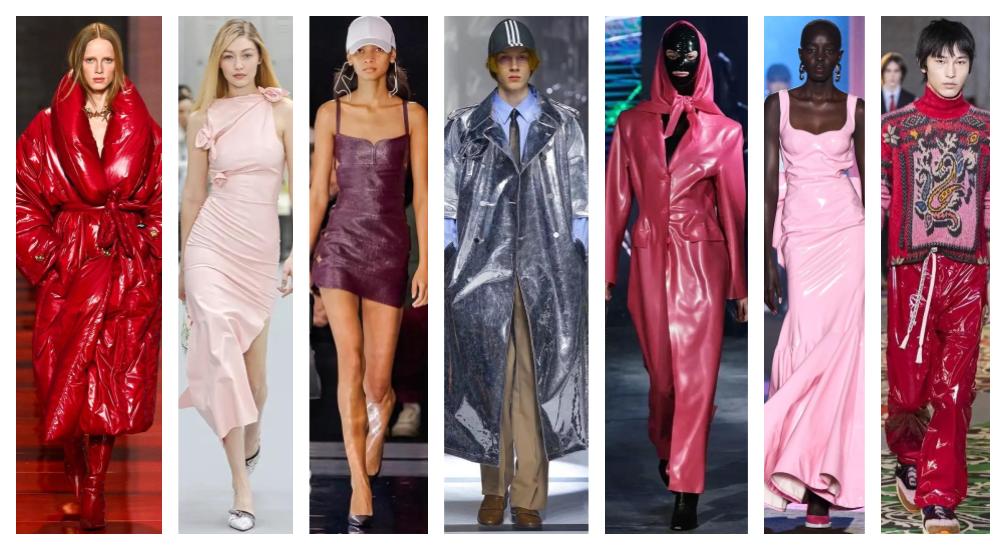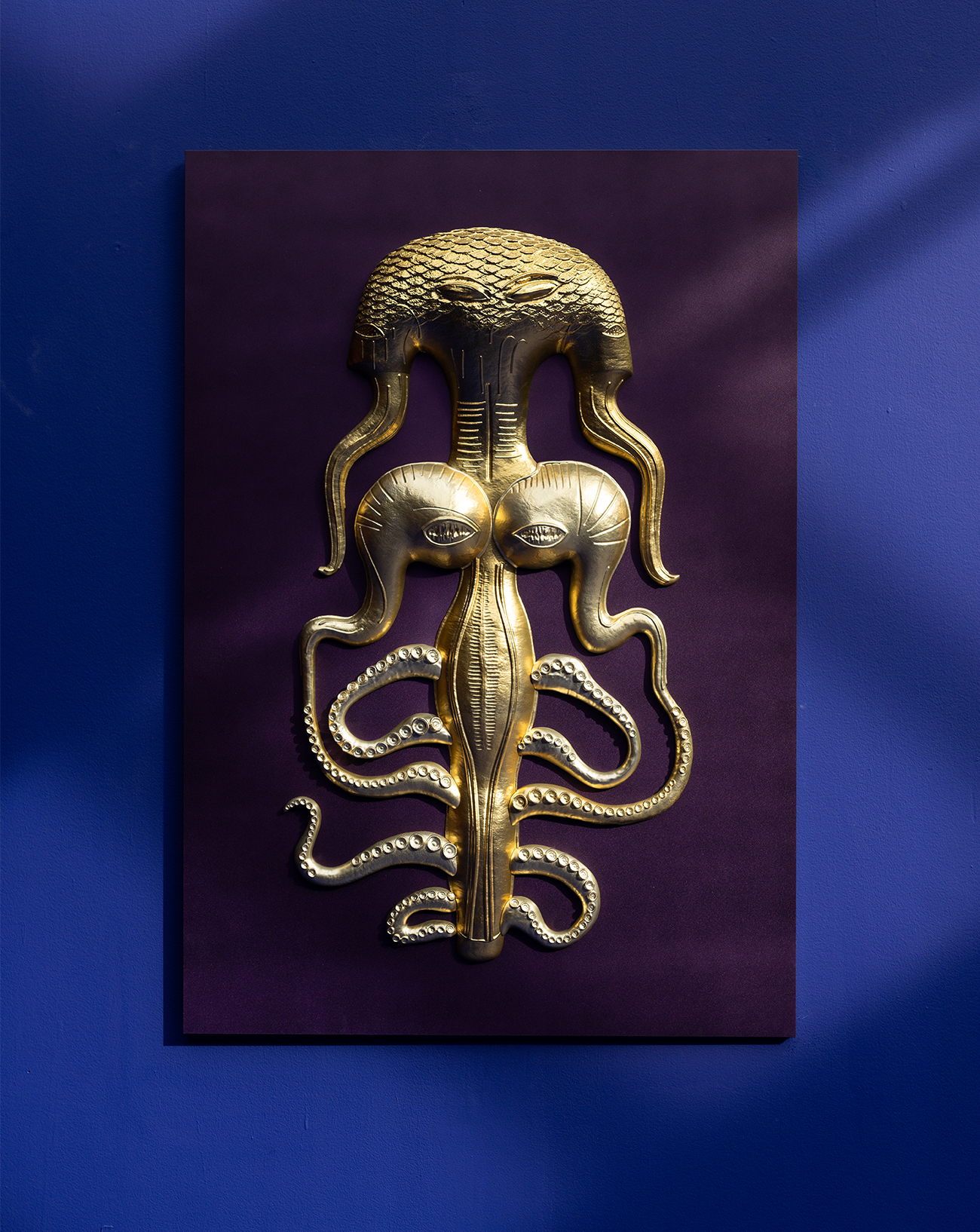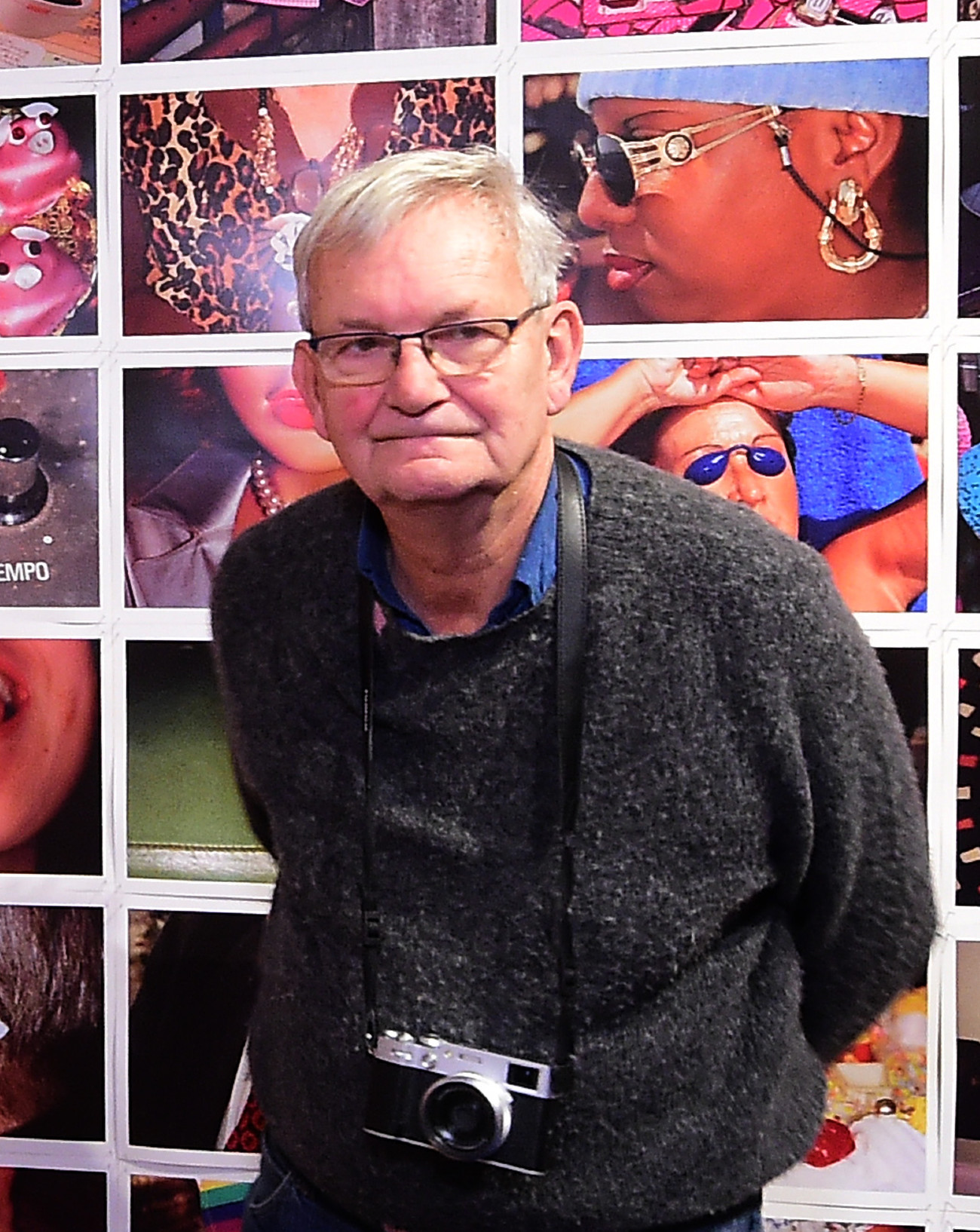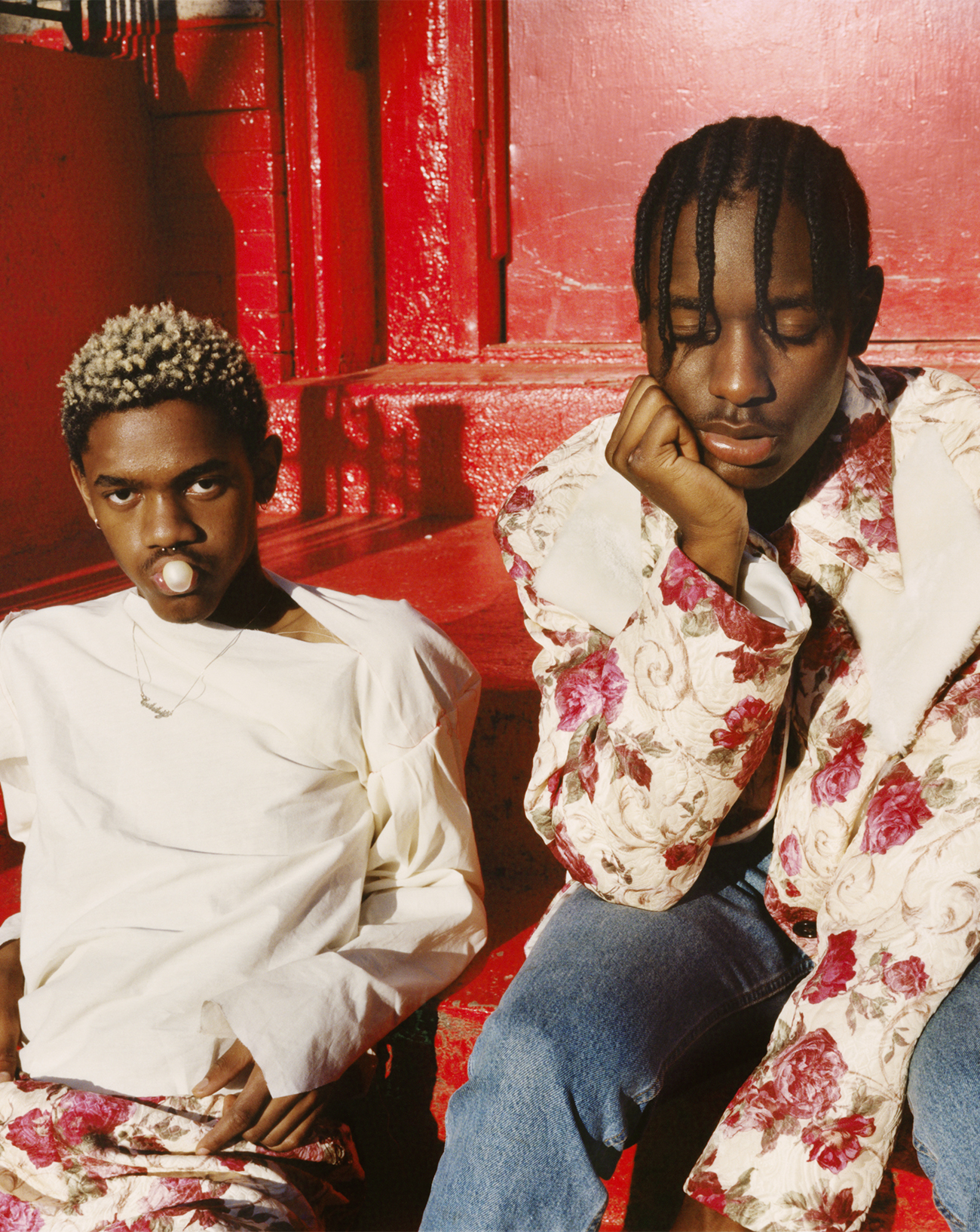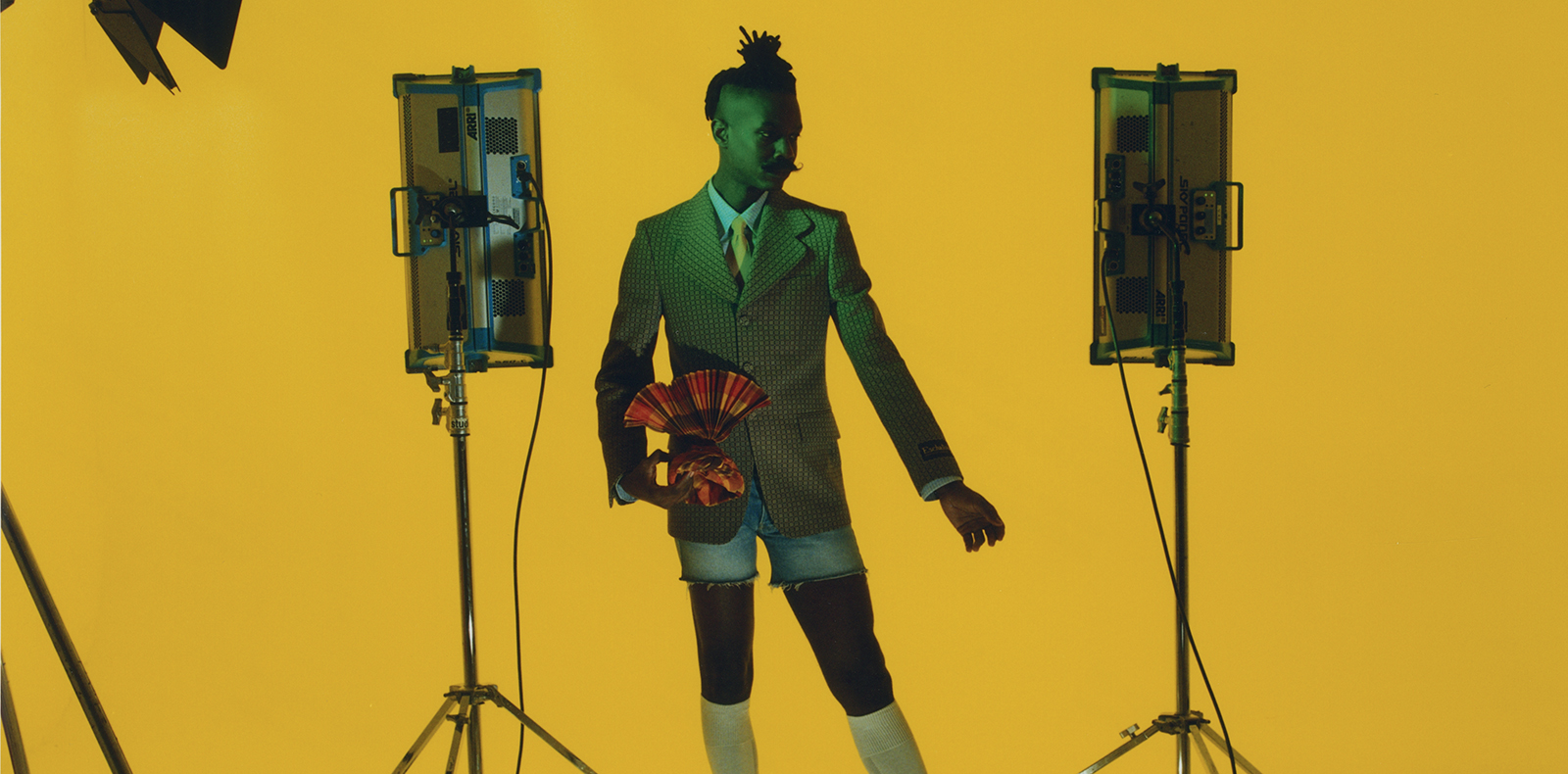
5
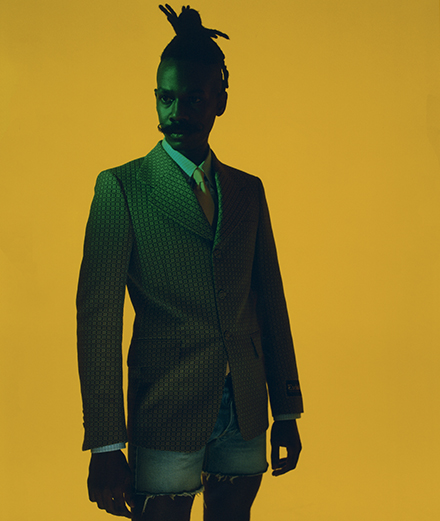
5
How artist Kenny Dunkan challenges Black bodies’ representation
In each one of its issues, Numéro art showcases the French artistic scene most promising young talents. Today, focus on Guadeloupean 32-year-old artist and former Villa Medici resident Kenny Dunkan, who uses photography, sculpture as well as video and installation to challenge depictions of the Black body and create beauty from nothing.
Portrait by Lee Wei Swee,
Styling by Samuel François,
Text by Matthieu Jacquet.
Many artists speak of their first major aesthetic experience as an epiphany: whether it be happening in a concert hall or a museum, it helped make them who they are. For Kenny Dunkan, the epiphany took place during carnival in the streets of Pointe-à-Pitre, Guadaloupe, where he grew up. Mesmerized by the creative euphoria, the performers’ costumes and booming music that accompanied them, he saw an opportunity for artistic expression. At just ten years old, he created his first “sculpture,” a float made of planks and boards, wire and tulle, which already displayed an unusual hybridization of materials and a performative involvement of the body. Above all, it revealed an aesthetic quest, which would later become fundamental to his practice: “how to create beauty from nothing.”
From childhood, Dunkan developed a passion for design that combined his natural affinity for DIY, including recycling of cheap materials, with his enthusiasm for luxury, as represented by the work of Philippe Starck or George Nelson, whose symbolic power spread through glossy magazines. Naturally, the dazzle of it all drew him to Paris, where he studied at the École des arts décoratifs. After beginning with scenography, he soon shifted to a smaller scale when he started to create jewellery from metal nuts and hose clamps: resembling chain mail, his pieces evoke the sacred costumes and mystical rites of the Caribbean, its unusual components anchoring it in an uncertain present. While his very precise technique testify to his taste for painstaking craft, one can also identify the scars of a colonial past and the piled-up refuse of contemporary overproduction, the expression of an imagination nourished by a lively spiritual and material memory. Connected by chains and shackles, some of his works simulate fragments of busts, while others mix pieces of plastic and hair wax to create shapes akin to funerary effigies. Though at times slightly sepulchral in nature, his oeuvre is, more than anything, forcefully jubilant.
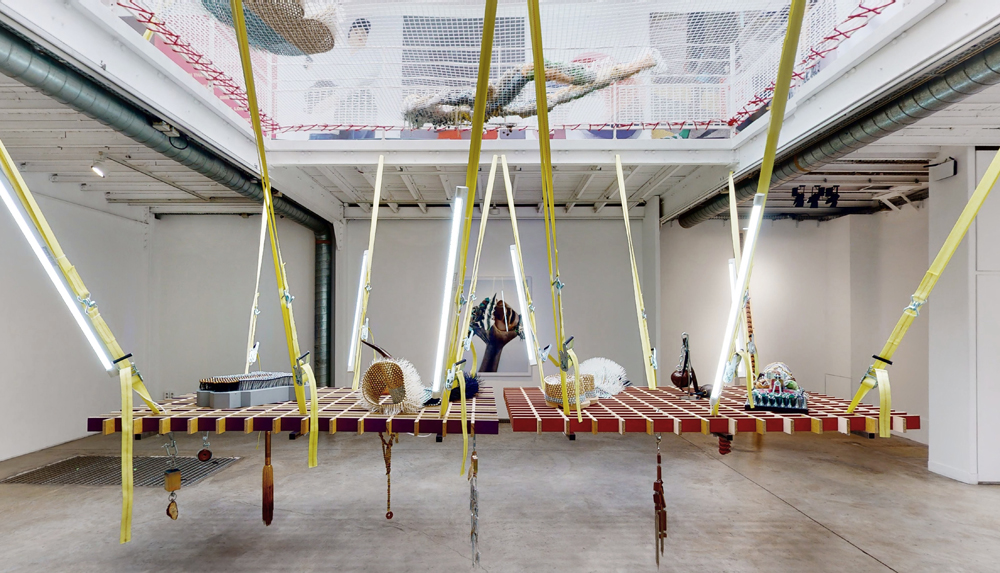
Dunkan’s work becomes all the more powerful when he experiments with photographic and video self-portraiture. Early in his career, he began adorning himself with his own sculptures, immortalizing himself from every angle and using his body more and more as a highly symbolic artistic medium. During his first few years in Paris, when he was not only studying but also working as a model, he kept a blog called TheKennnyDunkanshow in which he edited and animated his own photos from modelling jobs, superimposing images of himself in front of a Chanel boutique or freneticallly dressing and undressing himself with different digital clothes and accessories. With studied irony, these manipulated images allowed him to regain control of a body that had been previously appropriated and instrumentalized by the fashion industry.
In 2014, at Paris’s place du Trocadéro, he donned a vest adorned with miniature golden Eiffel Towers and danced in front of the “Iron Lady,” letting the garment fall slowly to bits, literally deconstructing his formerly idealized image of the French capital. In this way his Black body became a malleable artistic tool that allowed him to distance himself from what he had experienced, giving him the power to, as he himself puts it, “generate [his] own image rather than the one that had been assigned to [him]”. Assigned to him, that is, by Western society and a Parisian cultural milieu that is primarily white.
